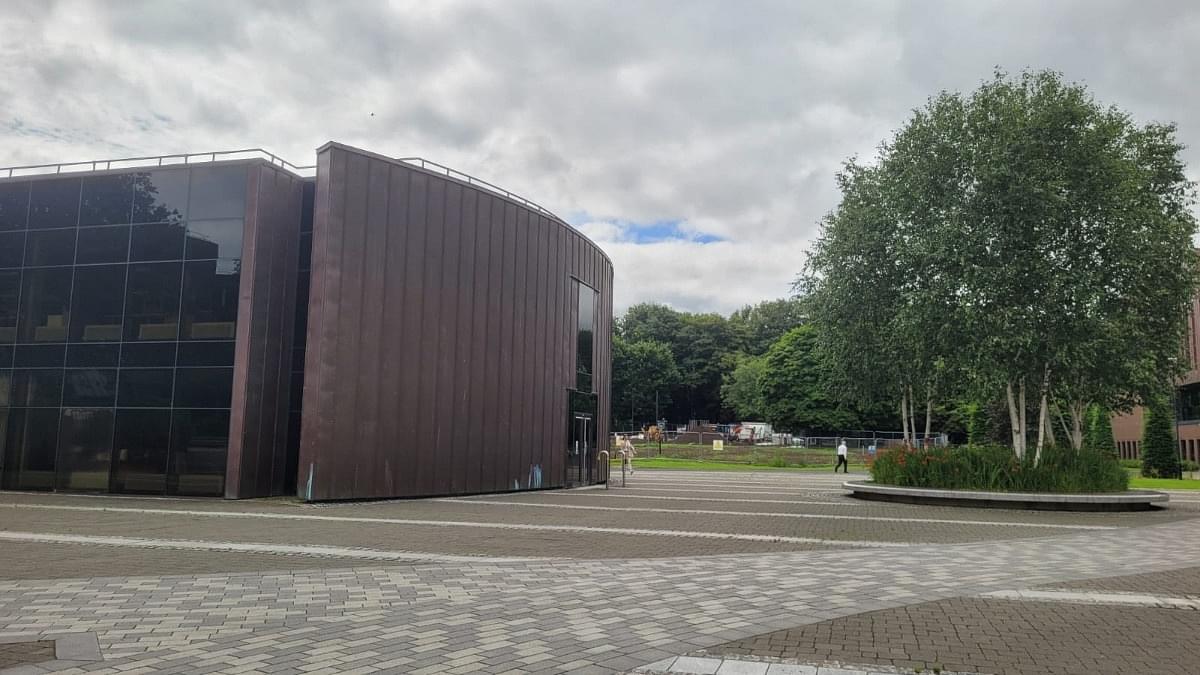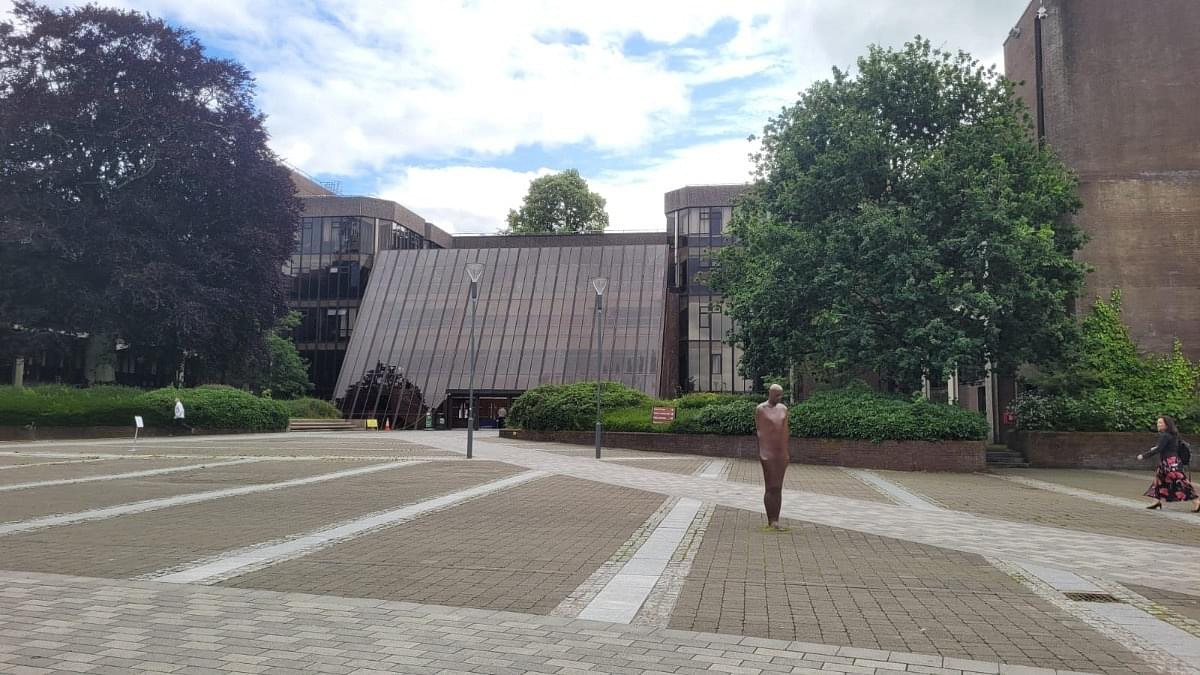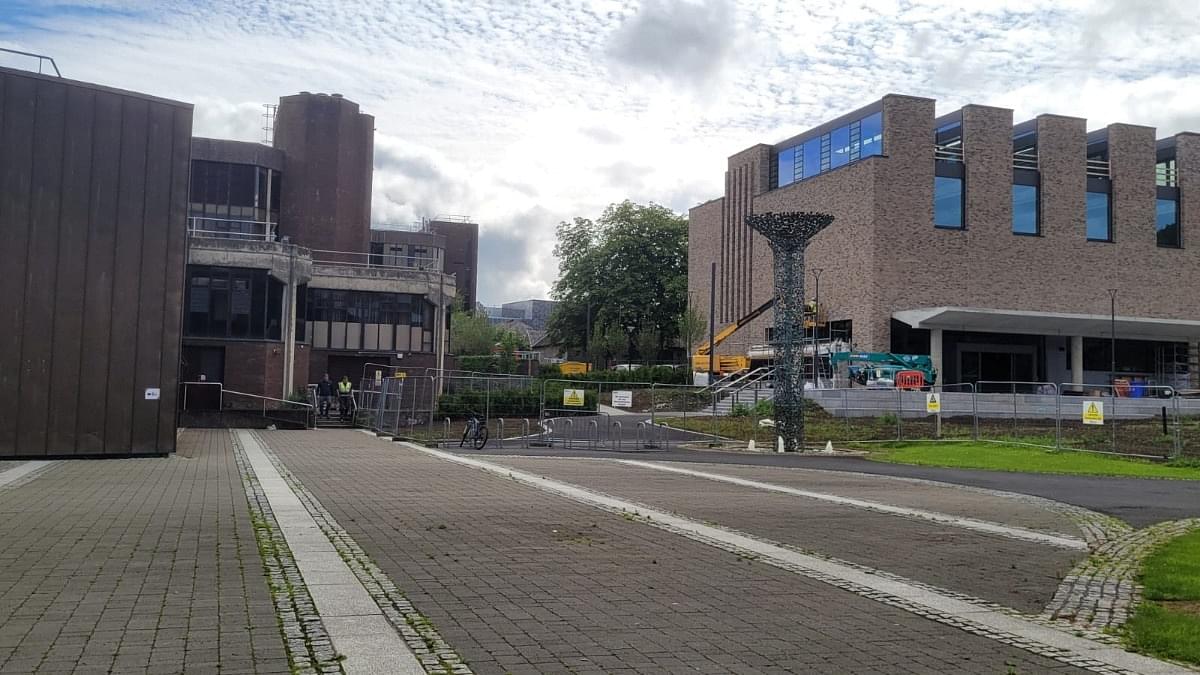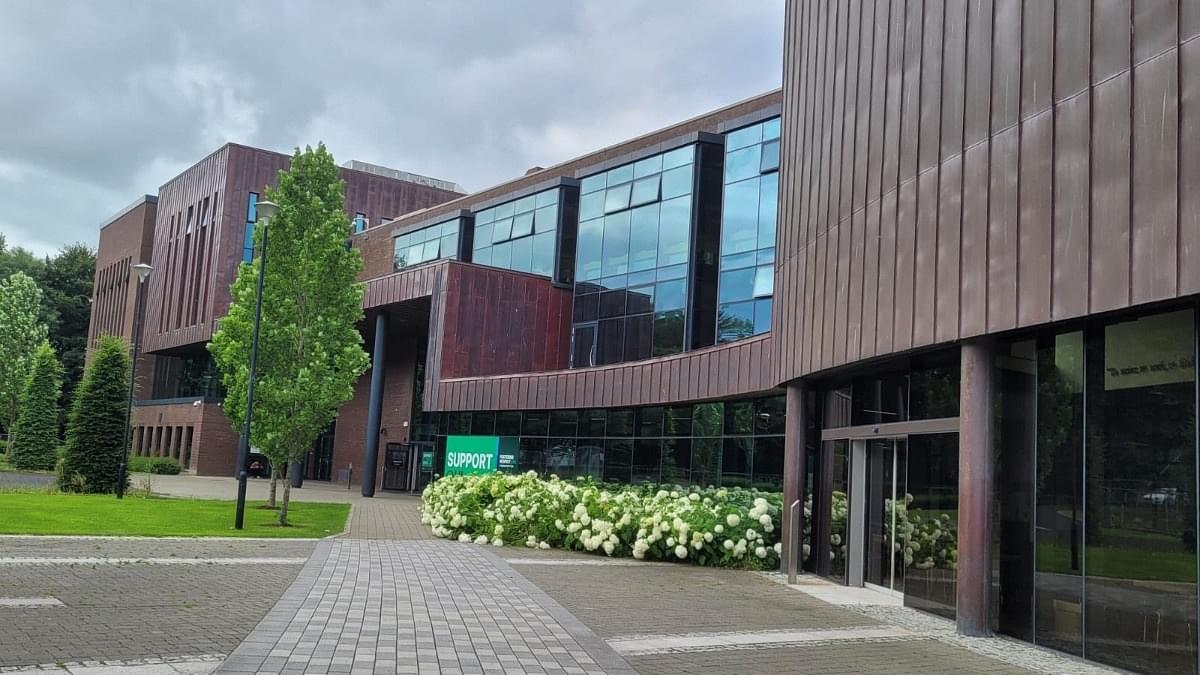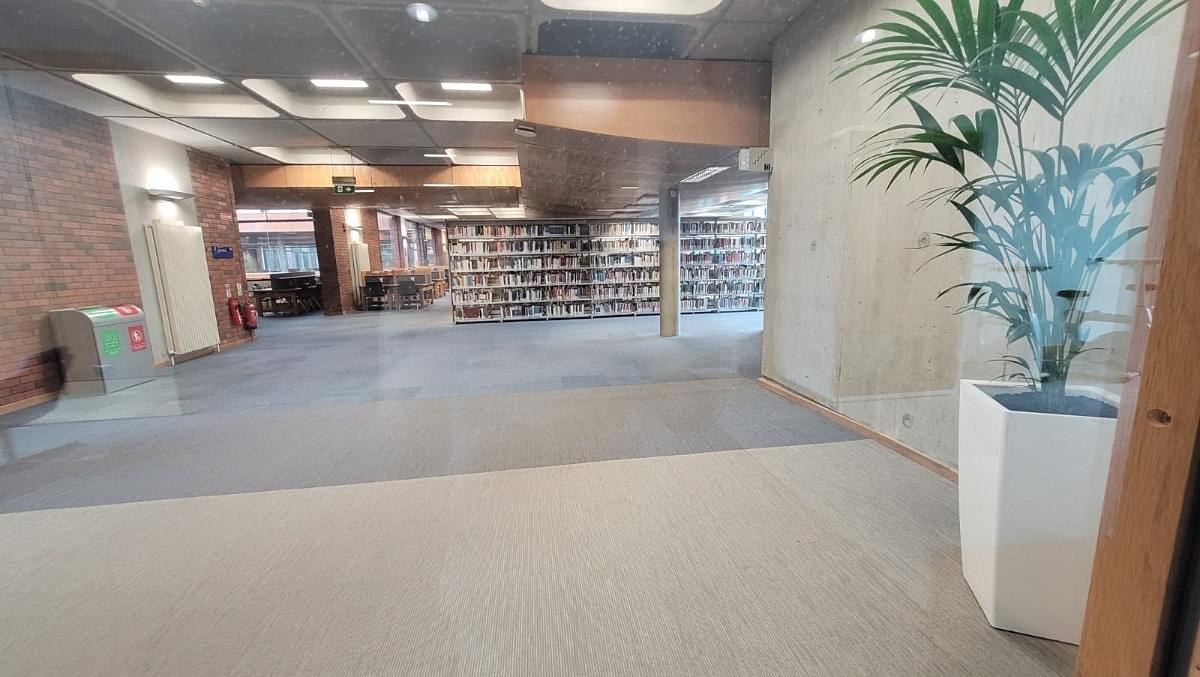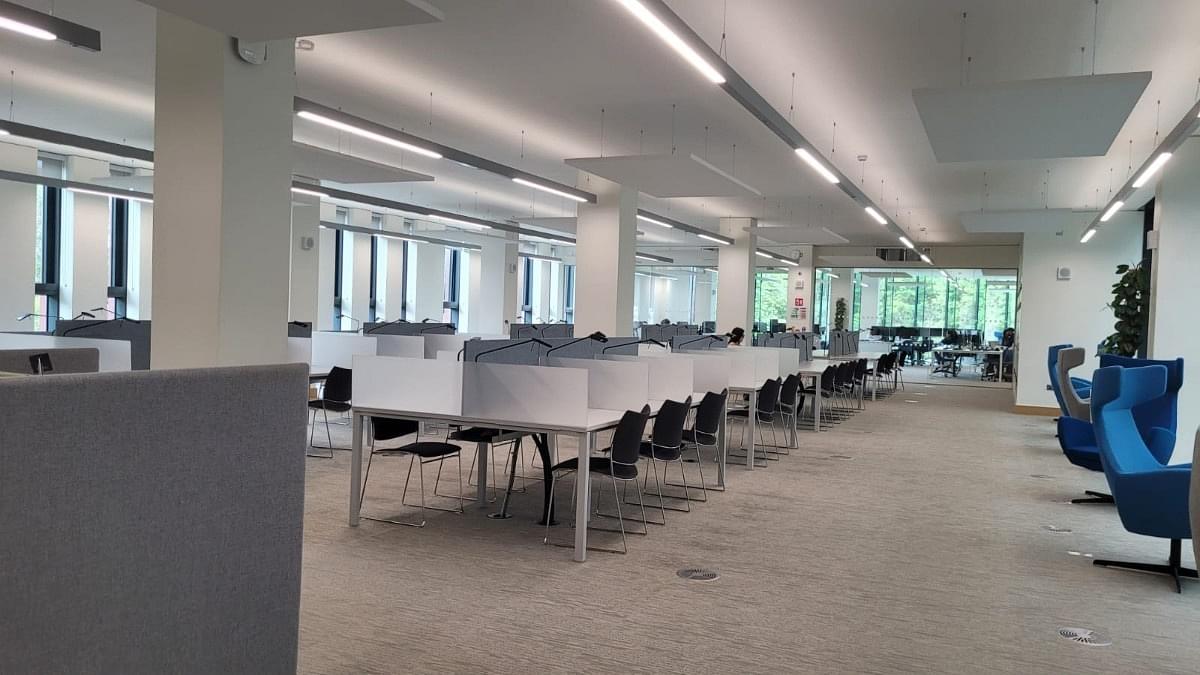What Students Say
Likes
- Nice infrastructure - including access to GPUs, high-end classrooms and labs, and a gym.
- Promotion of sports - Hub for all kinds of sports, and also promotes sports among students.
- Clubs - All sorts of clubs are present, from kayaking, swimming, to anime and sports and whatnot.
Dislikes
- Expensive accommodation and fees.
- No part-time opportunities at university.
- No big gathering space in leisure time (one is getting built now)
Course Curriculum
- The course is more practical than theoretical. There are many assignments that are based on projects and new tech. There were some recurring modules across semesters that were not of interest. The thesis is highly research-oriented. There were 42 people in my class, of whom the third quarter were Indians. The classes are spread out over a week, and there will be 3 hours of class maximum per day. There were labs also. Also, students can choose the stream of their choice.
Admission Experience
-
I applied to the following universities:
- University of Limerick - Admitted - Got accepted with a scholarship of 2.5k euros
- National College of Ireland - Confirmed Admission - Didn't proceed with this as it has a poor QS ranking compared to other colleges in Ireland. Moreover, it is a college, not a university. Got shortlisted for the college, but I did not move forward with the application for this very reason.
- The University of Limerick is a sports hub among the universities in Ireland. It has a very good QS ranking, and the campus is quite big. The fees, when compared to other universities of the same ranking, were slightly less, around 19.3k without a scholarship. The admission process was implemented. Sent my academic details with my LOR and all. I had ielts of 7.5 also had a CGPA of 9.7/10. So got selected with a scholarship. Only IELTS was needed, and the minimum requirement was 6.5. Had to pay 50 euros while applying, and to secure my spot had to pay 600 euros. One challenge was that the time needed to get a reply from the university was. Apart from all that, everything was good and smooth.
- I applied for the fall intake in December 2024. I got the acceptance mail in January. It was quite fast. Once I paid the 600, I got the response fast. They were even considerate enough to extend the deadline to pay 600 euros to finalise my seat. The whole process took a month. They were lenient on deadlines and very responsive. When we send them the request deadline, they will give it to them if the reason is genuine.
Faculty
- The ratio was 40:1. The teachers would not come to each and every one; it's more of an exploratory learning that needs to be conducted on the student's side. The teachers will teach, and students can clear doubts in the middle or at the end of class. There will be teaching assistants to assist in this matter. Faculty members will not assist students in finding part-time jobs.
- I have no personal information on full-time as well; I haven't heard about that from any of my friends. JJ Collins was our Design Pattern professor who taught us based on projects, viva and even exams. It made the course more effective rather than just focusing on just practical or theoretical aspects. The teachings were more industry-relevant.
Campus Life
- The campus always has activities—major celebrations include St. Patrick’s Day, Halloween, and Christmas, along with festivals from other cultures such as Chinese New Year, Diwali, and Ramadan. Students can get involved in a wide range of extracurricular activities through various clubs, societies, and initiatives run by UL Global and Student Life.
- From cultural events and food fairs to creative workshops like pottery and painting, there’s always something happening that caters to every interest.
Part Time Jobs
- On-campus roles like Teaching Assistant are limited, and many of us were unaware where or when these positions were even posted. The chances of securing one are quite low, especially for Master’s students, as they’re generally offered to PhD students who are around for a longer duration. Since our Master’s programs are just one year, it’s harder to get considered for these roles. Most on-campus jobs for Master’s students are in places like the library or IT desk, but even those are few and competitive. The minimum wage is around €13.50 per hour, and the maximum allowed work hours during term time is 20 hours per week. It’s tough for us, especially because many openings come up in June or July—before we even arrive or know how to apply.
- Most Indian students prefer working part-time in restaurants, cafes, retail stores, or delivery jobs, as these roles are more commonly available and don’t require advanced qualifications. The typical hourly pay is around €13.50, which is the minimum wage. Finding a job can be very hard, especially if your course runs every day like mine—it leaves little time to work or even search properly. For those with lighter schedules, it’s a bit easier. The usual process is to look for openings on websites like Indeed or LinkedIn, apply with a simple CV, and if shortlisted, you’ll get a call for an interview. There’s no fixed timeline—sometimes you hear back, sometimes you don’t.
Placement
- Very few from our batch have secured jobs within 6 months, maybe just 2 people so far. The job market is tough right now, and many companies are not interested in sponsoring visas, which makes it even harder for international students. Starting salary is usually around €40,000, but that depends on the role and your experience.
- Most people look for jobs through LinkedIn or Indeed; there’s no campus recruitment here. If you have prior experience, it definitely helps; without it, finding a job is extremely difficult. You have to search and apply to companies on your own. Some of the major companies where students have managed to get interviews or roles include IBM, Kneat, Apple, Regeneron, and Ericsson, but again, these are mostly through individual efforts and networking.
Accommodation
- I opted for on-campus accommodation, fearing the scams that are very much relevant on Irishhousing websites. The monthly rent was 781 euros. If one is looking for accommodation, they need to choose cheap on-campus housing from the start. I waited for my visa and got the expensive housing. If one could apply very early, they could get cheap on-campus housing for 500 something.
Exams
- IELTS only is necessary; no other exams are necessary. It required a CV and LOR from 2 people, for which I gave one from my HOD and principal. If you have a job, then the necessity of lor from the company is not necessary here. There was no interview for this course. But I think there were interviews for other matters in different departments. The whole admission process is simple compared to other universities.
Fees
- 19300 euro was the full fee, of which 2500 euro was the scholarship. Had to pay in full while applying for a visa. For accommodation, choose the on-campus one, which costs 781 euros per month for the time period of my master's, which is a one-year program.
- Apart from the rent, my monthly expense was around 120 euro per month. 15 euros for phone recharge; wifi was free on campus and in accommodation. around 90 euros for groceries. 10 euros for transportation via Leap card.
Scholarship
- Yes. I received a scholarship of about 2500. There wasn't a specific name for my scholarship. Some of my batchmates had received this amount as a scholarship. It was the maximum scholarship amount that I have seen the university give as a scholarship for a master's student. Apart from that, there were no other general scholarships they were giving out.


